Most seals come across as adorable, blubbery beach potatoes just living their best lives.
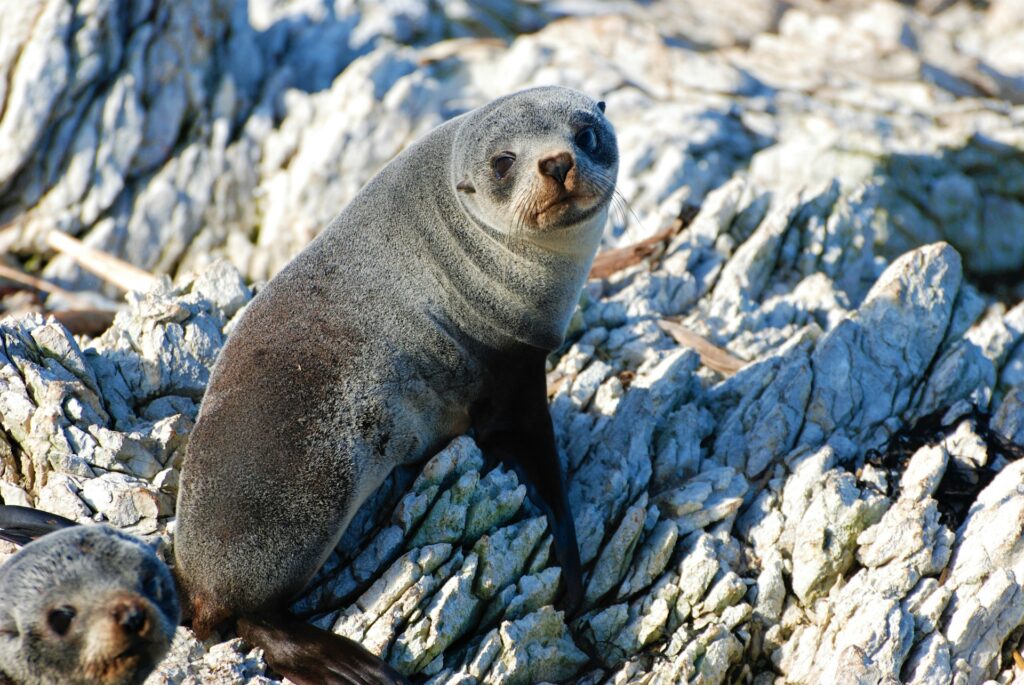
Then there’s the leopard seal—the one that looks like it could star in its own thriller. While both types are technically seals, they’re miles apart in terms of behaviour, looks, and, frankly, whether you should go anywhere near them. Here are 12 major differences between your average seal and the leopard seal that might make you think twice about calling them all “cute.”
1. One looks cuddly, the other looks like it has a hit list.
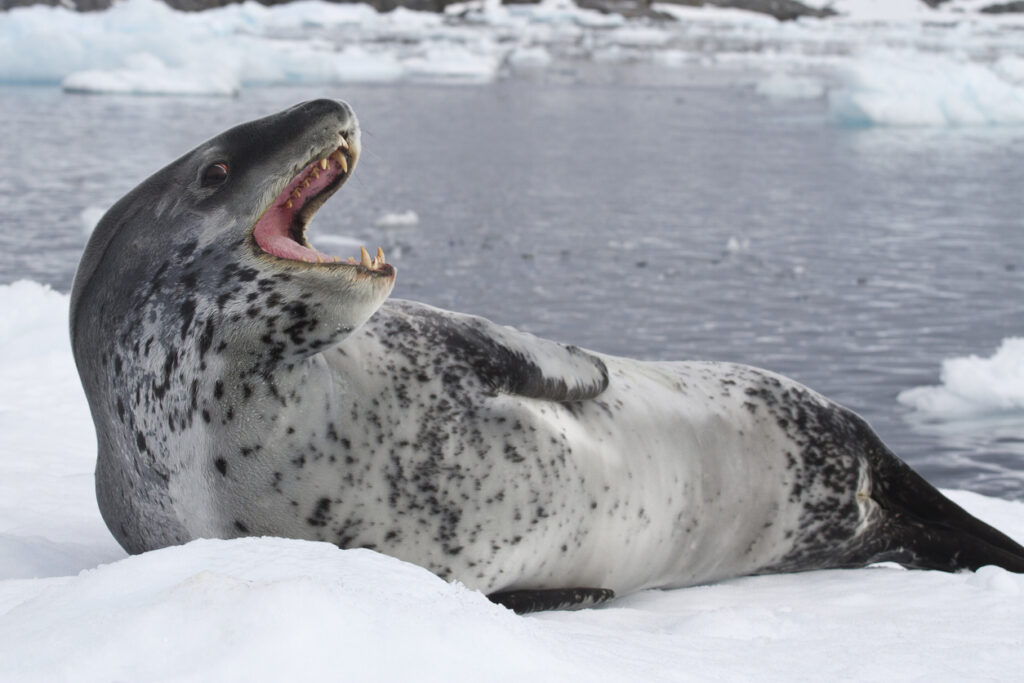
Regular seals tend to have that sweet, round-face look going on. Think puppy eyes and a permanent little smirk. Leopard seals, on the other hand, look like they’ve got unfinished business. Their heads are long and snake-like, and their grin? It’s all teeth—sharp, serious teeth. Even when they’re doing nothing, leopard seals have a menacing vibe. Not because they’re evil, but because evolution gave them the face of a stealth predator and didn’t hold back.
2. Leopard seals are massive.
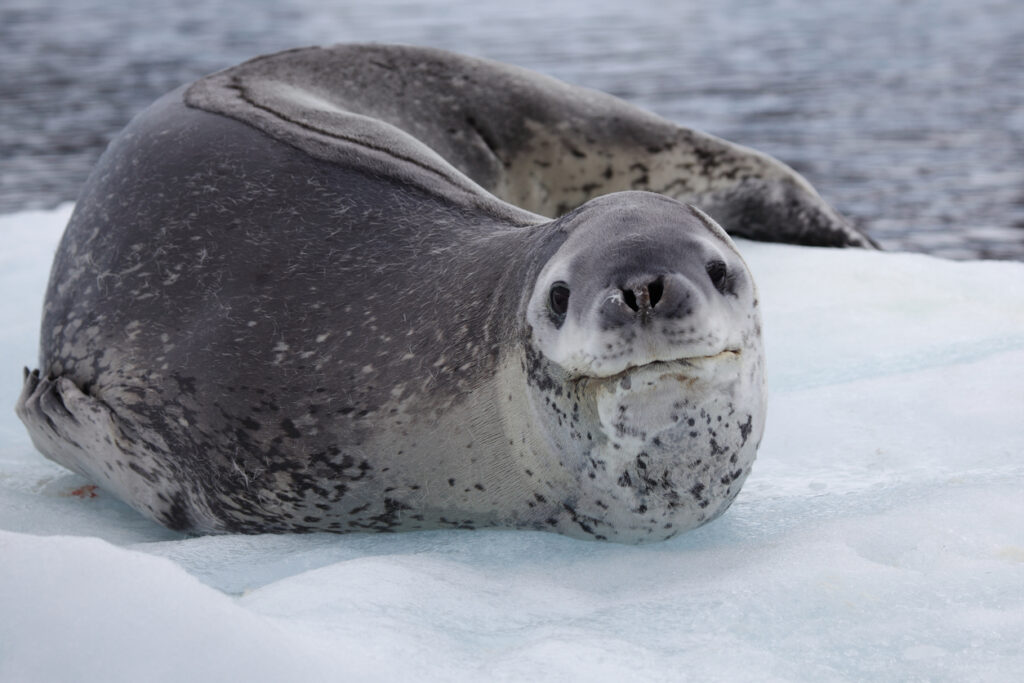
Most people picture seals as small-to-medium-sized sea potatoes. However, leopard seals can grow over 11 feet long and weigh up to 600 kilograms. That’s not just big—that’s top-of-the-food-chain big. While regular seals come in all sizes, most are much smaller and more compact. Think of leopard seals as the final boss version of a seal, and you’ve got the right idea.
3. Regular seals chill in groups; leopard seals like their space.
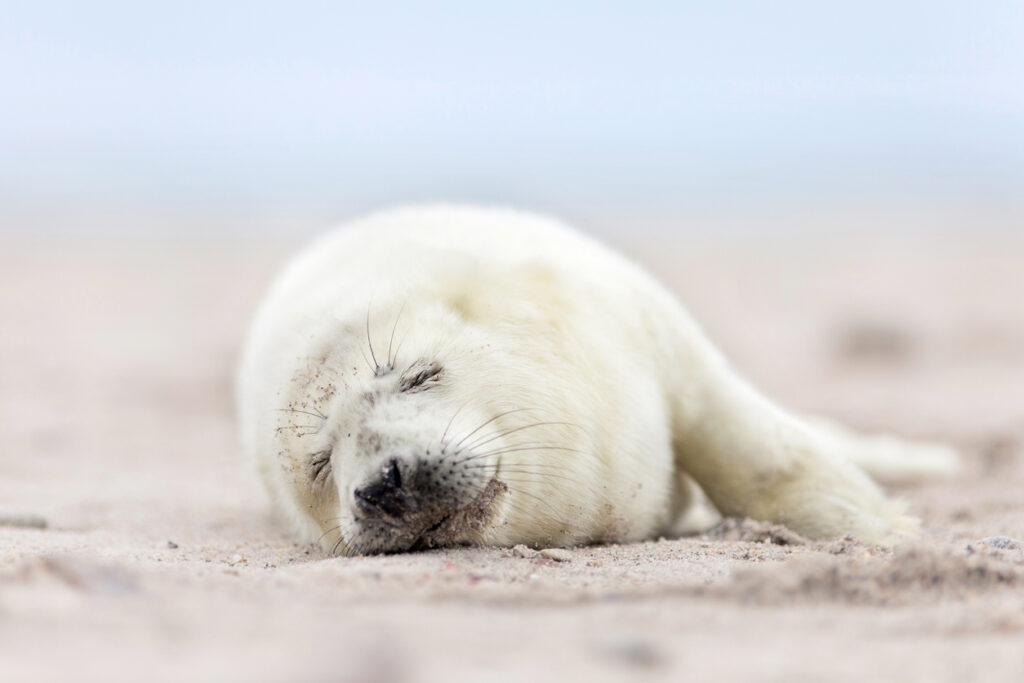
If you spot a group of seals lounging on a rock like it’s a beach resort, you’re probably looking at regular seals. They’re social and often hang out in colonies for safety and warmth. Leopard seals, though? Total loners. They prefer to go solo and patrol their icy territory like a true apex predator. If you see one, you won’t see another close by. And that’s exactly how they like it.
4. Leopard seals have a terrifying hunting style.

Regular seals mostly eat fish and crustaceans—they’re hunters, sure, but they’re not dramatic about it. Leopard seals, though, will actively stalk penguins underwater like a nature documentary villain. They’re sneaky, fast, and aggressive hunters, even ambushing prey from below ice shelves. Cute? Not exactly. Impressive? Absolutely. However, don’t get confused—they’re not ones to mess with.
5. Regular seals make harmless noises, while leopard seals sound like aliens.
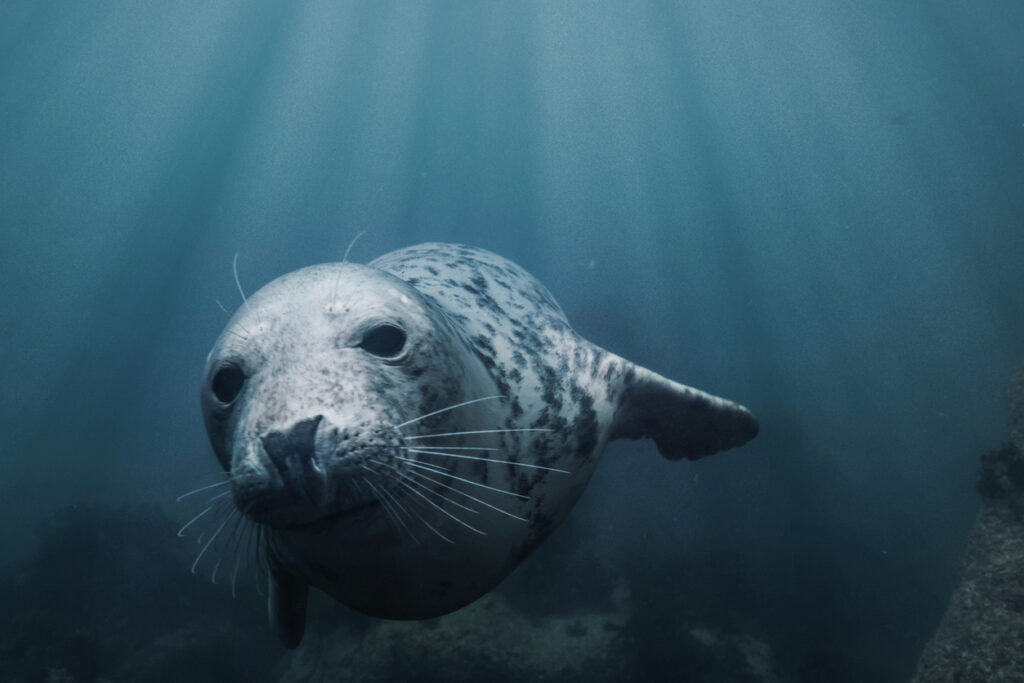
Harbour seals might grunt or snort, but it’s usually kind of endearing. Leopard seals, meanwhile, produce bizarre, haunting underwater calls that sound like they belong in a sci-fi film. These noises are used during mating season and can travel long distances underwater. They’re weird, eerie, and remind you that this animal is built for the wildest parts of the planet.
6. One has penguin friends, the other… eats them.
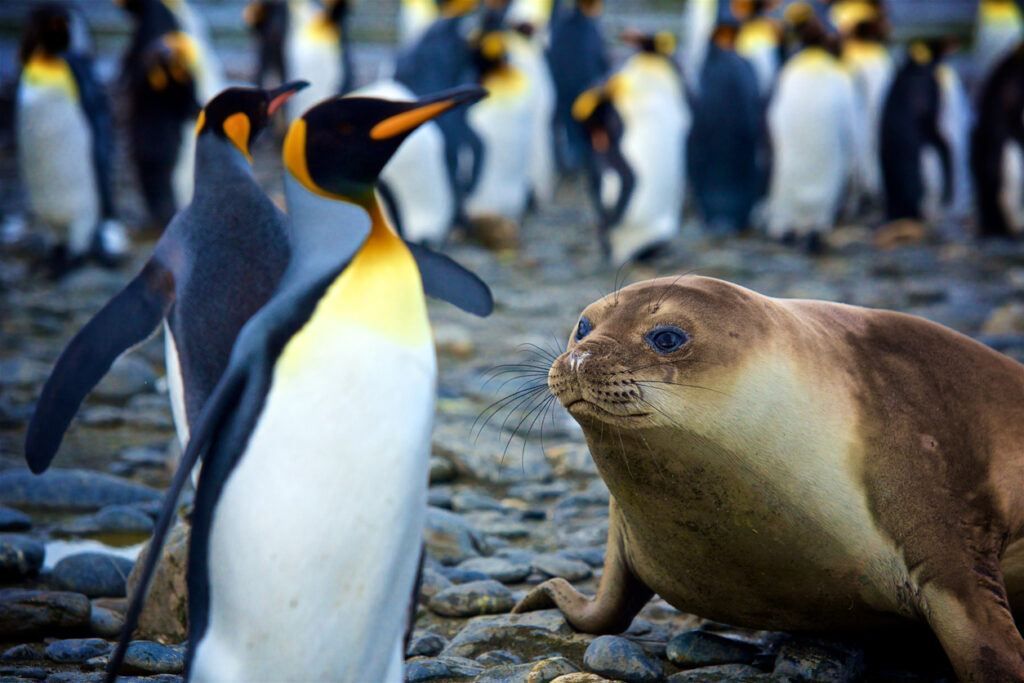
Regular seals often live alongside penguins and don’t really bother them. They might compete for fish now and then, but it’s all fairly peaceful. Leopard seals, however, straight-up hunt penguins. Watching one toss a penguin around like it’s playing with its food is nature at its most brutal. It’s not cute—it’s survival. And it’s intense.
7. Leopard seals have long, muscular bodies built for ambush.

Their bodies are shaped like torpedoes—streamlined, powerful, and surprisingly agile in the water. They can twist and turn with ridiculous speed, making them dangerous underwater stalkers. Regular seals are more rounded and a little more floppy in the way they move. They can swim fast, but they’re not operating at predator-mode levels like the leopard seal.
8. One is curious, the other is calculating.
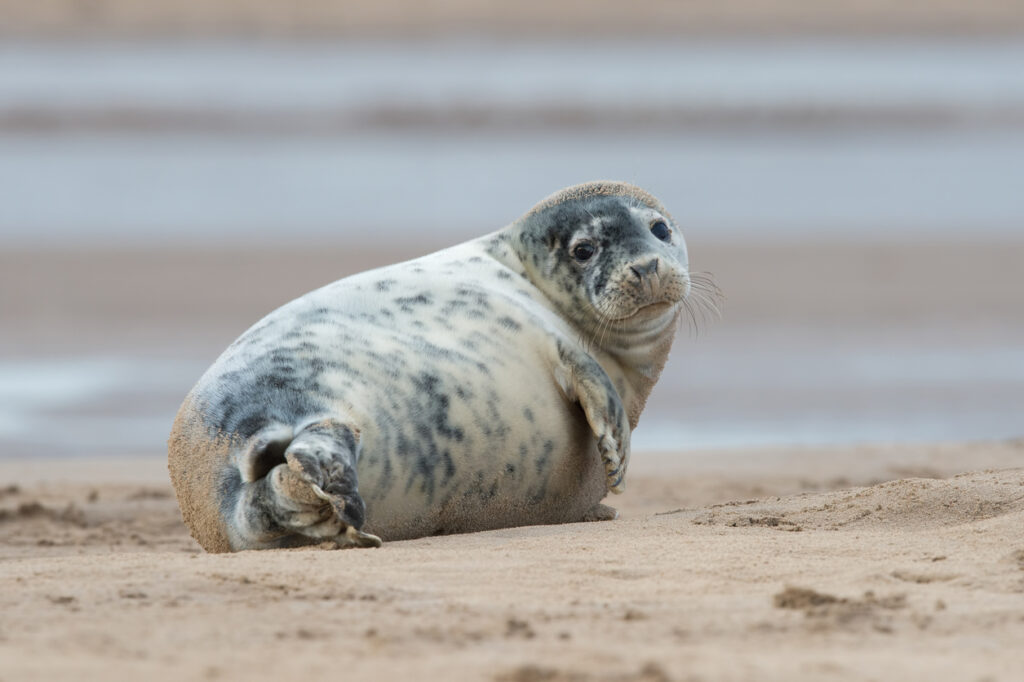
Regular seals are known to be curious about humans. They’ll pop their heads out of the water, follow boats, and sometimes even come right up if they’re feeling bold (or bored). Leopard seals? Their version of curiosity is more intense. They’ve been known to approach divers, but it’s not clear whether it’s friendliness or sizing you up. Either way, it’s not the kind of encounter you take lightly.
9. You’re more likely to see regular seals on a beach.
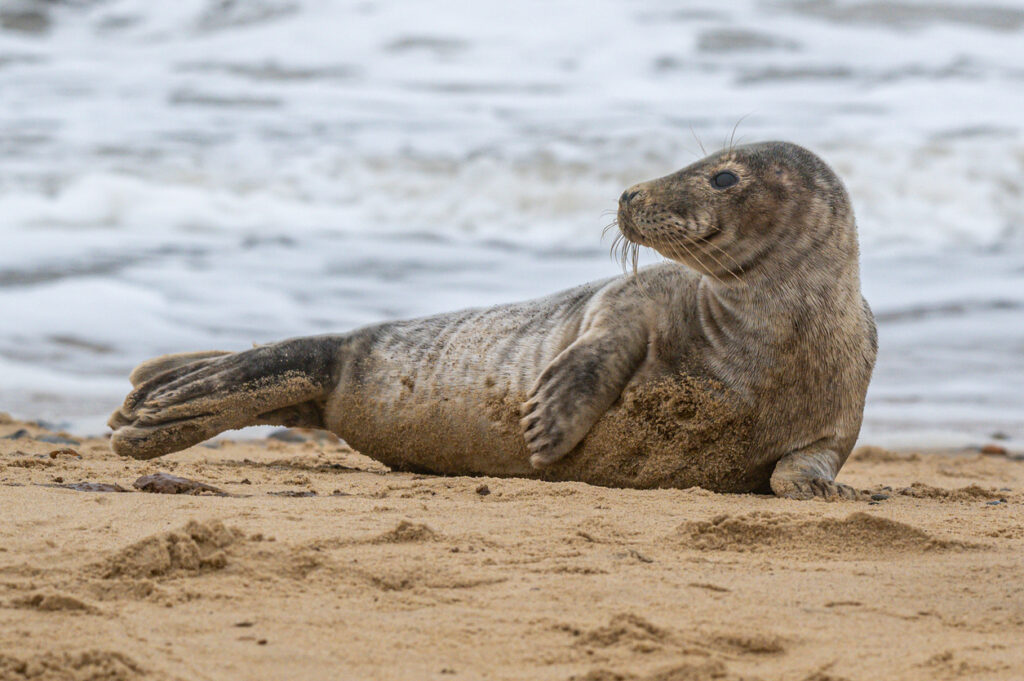
Harbour seals and grey seals are pretty common in lots of coastal areas. If you live near the sea in the UK, you might even spot one sunbathing on a rock or popping up during a swim. Leopard seals are much rarer and stick mostly to Antarctic waters. Unless you’re heading to the bottom of the planet, you probably won’t cross paths with one—and honestly, that’s probably for the best.
10. Their teeth are totally different (and kind of nightmare fuel).
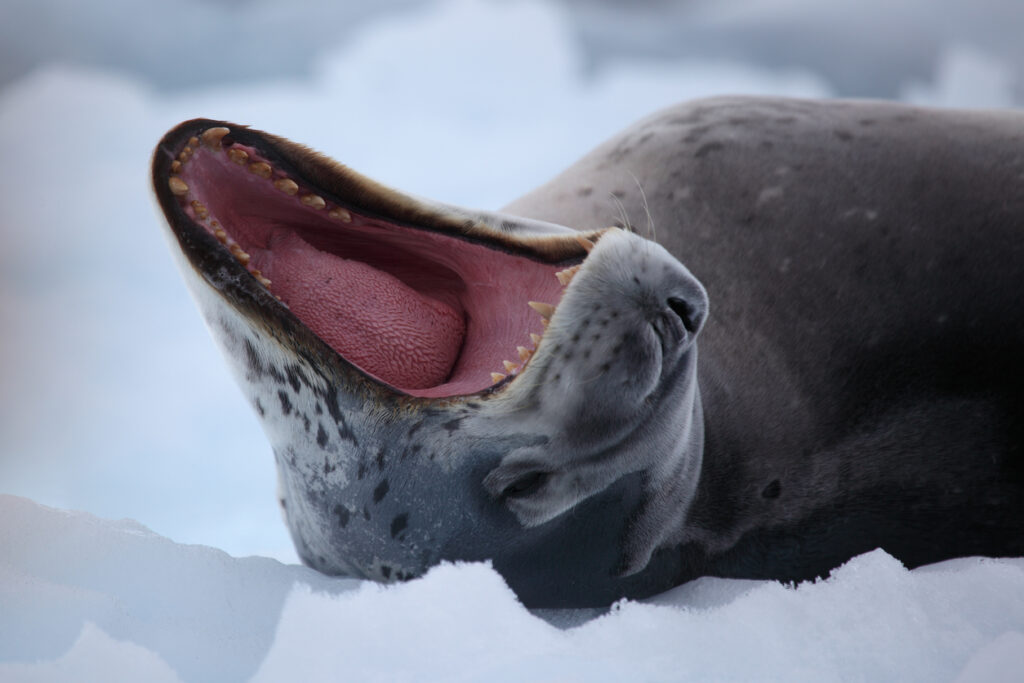
Regular seals have basic carnivore teeth. Nothing too scary. Leopard seals, on the other hand, have terrifying, specialised teeth designed to strain krill but also rip through flesh when needed. They’ve got a weird double-tooth system that lets them be both filter feeders and fierce hunters. So yeah, that intimidating smile has serious layers.
11. Leopard seals have a bite force that rivals big cats.
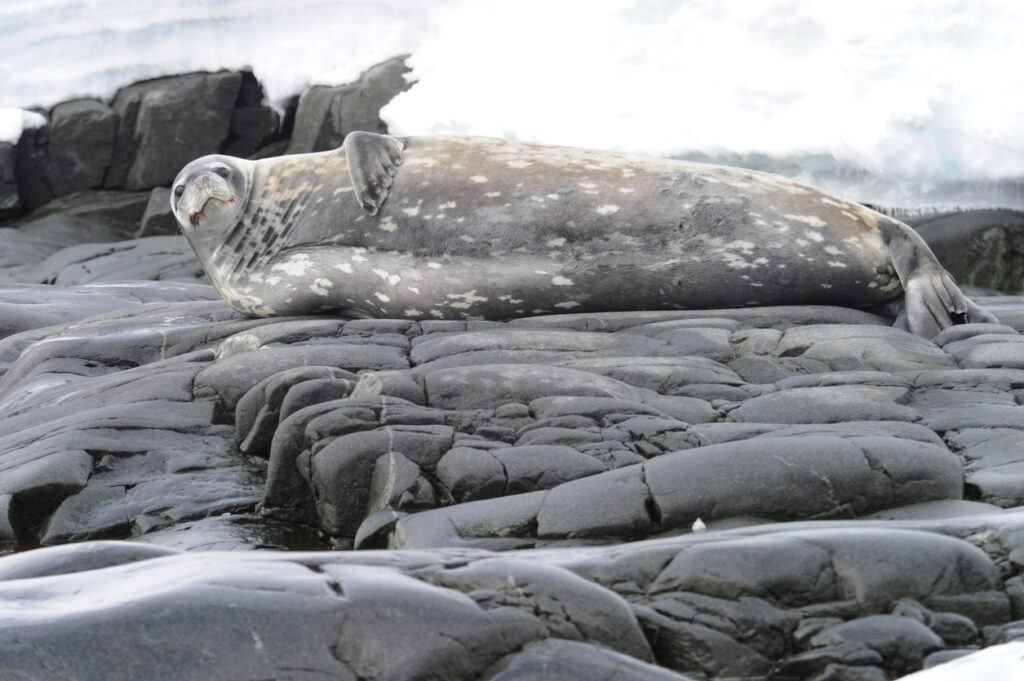
This isn’t just a sharp-tooth situation—they’ve got serious power behind that jaw. Their bite can crush bone and easily handle big, slippery prey like penguins and fish. Regular seals, not so much. Their bites are still strong, but they’re not packing the same predator-grade hardware. Leopard seals are built to dominate their environment, not just snack politely.
12. People think all seals are harmless—they’re not.
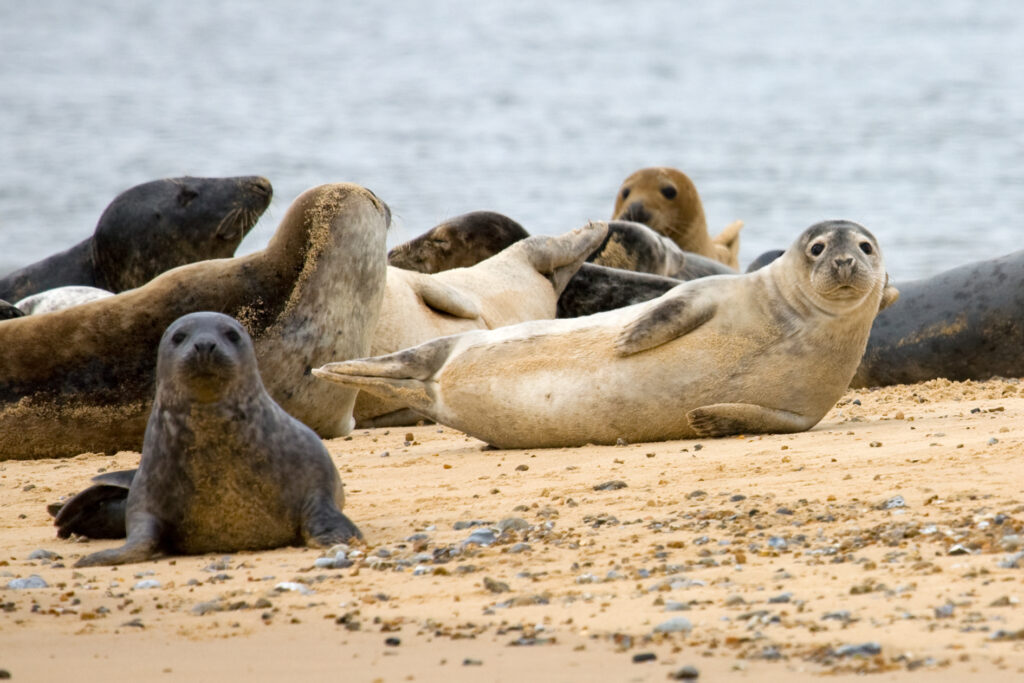
It’s easy to assume all seals are gentle, curious animals. And many are. But leopard seals aren’t your average seal. They’re aggressive when provoked, and even unprovoked, they’re not afraid to assert their dominance. There have been rare but serious incidents involving humans. So while they might look sleek and stunning in photos, these aren’t animals to get close to. Admire from a distance, and keep your penguin costume at home.